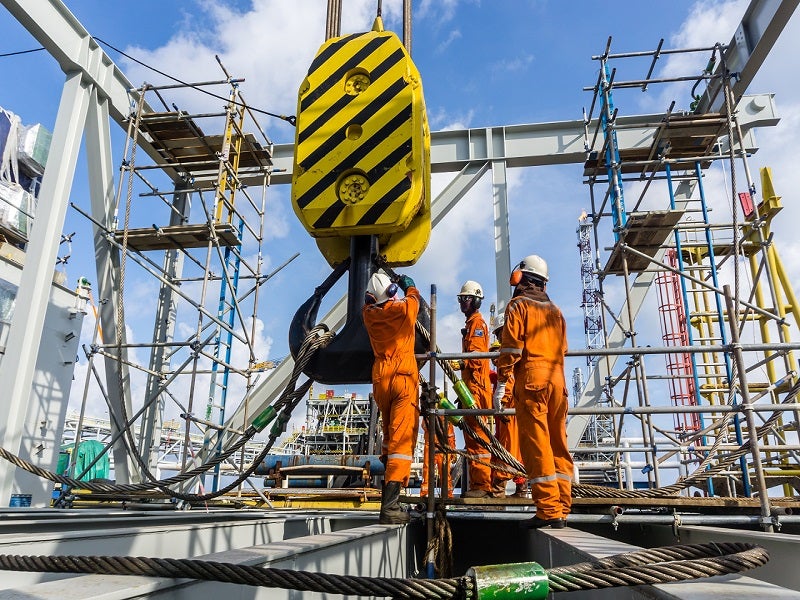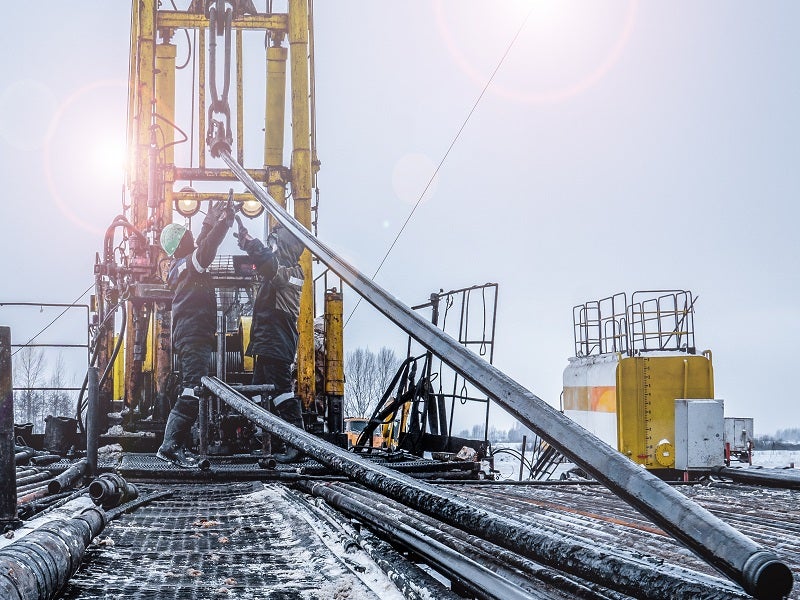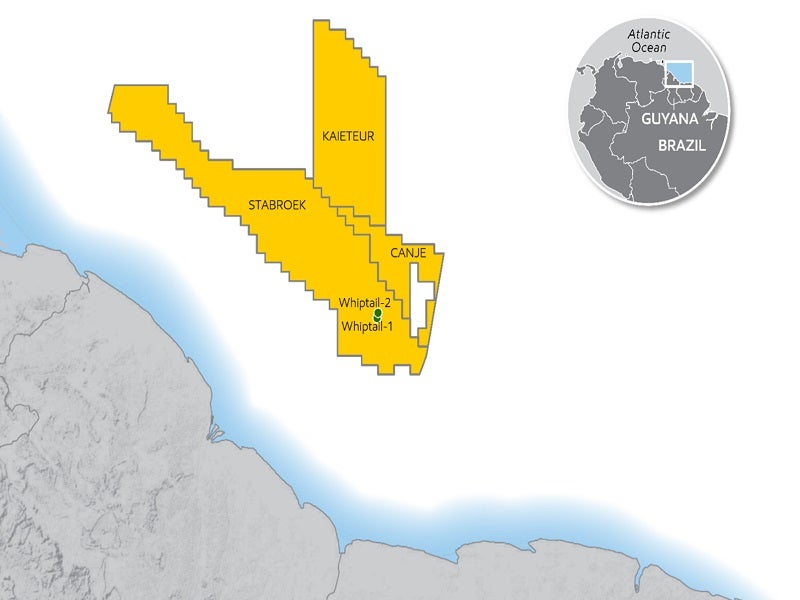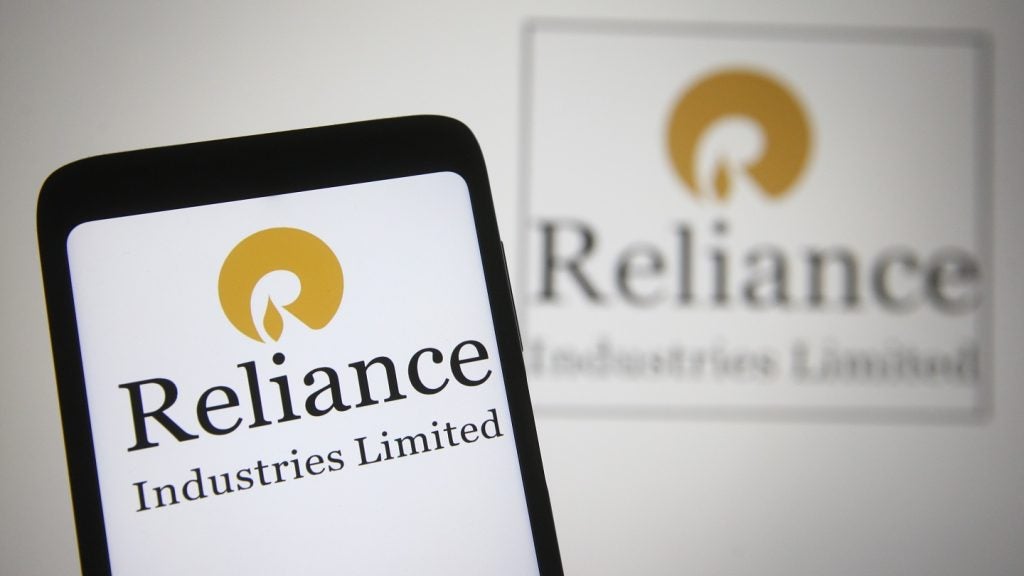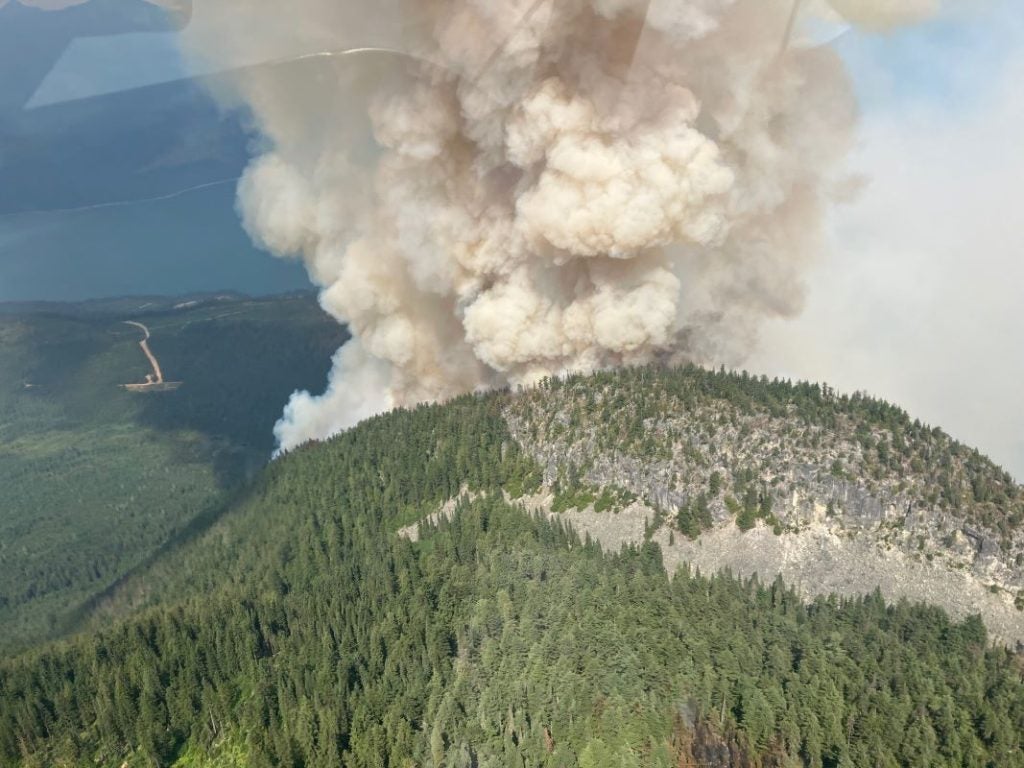The Whiptail project will be developed by ExxonMobil’s affiliate Esso Exploration and Production Guyana (EEPGL) in a joint venture (JV) with Hess, and CNOOC International.
The JV holds an offshore petroleum prospecting licence for the Stabroek Block, which was awarded by the Government of Guyana. The Whiptail development will be the EEPGL’s sixth project in the eastern half of the Stabroek Block.
The project is estimated to require an investment of approximately G$2.69tn ($12.93bn) and and have a production capacity of approximately 250,000 barrels of oil equivalent per day (boepd). The life of the project is estimated at 20 years.
Development drilling is expected to begin from late 2024 and continue through mid-2030. Subsea installations are expected to commence in the second half of 2025 while FPSO installation, commissioning, and operation are scheduled for 2027.
The project is expected to generate 540 jobs during the drilling and installation stage and between 100 and 180 jobs during operation.
Whiptail development location and discovery details
The Whiptail project is located in the eastern portion of the Stabroek Block in the marine zone of Guyana. It will comprise the Whiptail, Pinktail, and Tilapia fields, and lies 183km northeast of Georgetown at water depths of 1,500m to 2,200m.
The Stabroek Block covers an area of 6.6 million acres (26,700km² approximately). It is owned jointly by ExxonMobil (45%), Hess (30%), and CNOOC International (25%).
ExxonMobil announced the discovery of oil reservoirs at the Whiptail-1 and Whiptail-2 wells in the Stabroek Block offshore Guyana, in July 2021.
Whiptail-1 was drilled in 5,889ft of water and encountered 246ft of net pay while Whiptail-2 was drilled in 6,217ft of water and encountered 167ft of net pay in high-quality oil-bearing sandstone reservoirs.
Whiptail development project details
The proposed Whiptail development project will be implemented in multiple phases. It will involve both onshore and offshore components, including the use of onshore logistics facilities and marine/aviation services supporting the offshore components of the project. The production from the field will be handled by a floating production, storage, and offloading (FPSO) vessel.
The project will include the offshore drilling of 33 to 72 development wells, which will include production, water and gas injection wells. The subsea infrastructure will be installed at water depths from 1,600m to 2,000m.
The main components of the subsea infrastructure will include a production tree and production manifold, as well as flowlines, risers, and umbilicals. Each production tree will have one subsea control module while each manifold will have two subsea control modules to control and monitor equipment functions.
At least three and up to five dynamic umbilicals connected to the FPSO will service the project. The remaining drill centre components will be connected via six to ten in-field/static umbilicals. The subsea umbilicals, risers and flowlines (SURF) facilities will comprise subsea production and injection wells clustered around subsea manifolds.
The wells will be drilled from ten drill centres. The subsea project development area (PDA) will cover an estimated 10,900ha, while the onshore surface PDA will cover an estimated 5,100ha.
Whiptail FPSO details
The FPSO vessel will measure 330m long and 60m wide. The vessel will have a peak production capacity of 250,000boepd and gas treatment capacity of 540 million metric standard cubic feet per day (Mmscfd) and a water injection capacity of 300,000boepd. The FPSO vessel will be spread moored at a water depth of 1,630m and will capacity to store approximately two million barrels of stabilized crude oil.
The oil processing system will consist of a single processing train and a test separator located on the main deck. The gas processing system will involve three stages of flash gas compression (FGC), one gas dehydration system, and two stages of export/re-injection gas compression.
Crude oil transportation from Whiptail
Crude oil from the FPSO vessel will be offloaded using a floating hose connected to the manifold of a third-party tanker, with an option for tandem offloading via a dynamically positioned offloading tug (DPOT).
The export tanker will allow connections to either the FPSO or the DPOT using a hawser and offloading hose. The offloading operations will take place at a rate of approximately 160,000m³ with a transfer timeframe of approximately 24 hours for VLCC and Suezmax vessels.
Contractors involved
SBM Offshore is providing the front-end engineering and design (FEED) for the FPSO vessel. The scope of the FPSO contract will also include the operation and maintenance of the FPSO facility.
Drilling contractor Stena DrillMAX drilled the Whiptail-1 well while Whiptail-2 was drilled by offshore drilling company, Noble’s drillship Noble Don Taylor.

